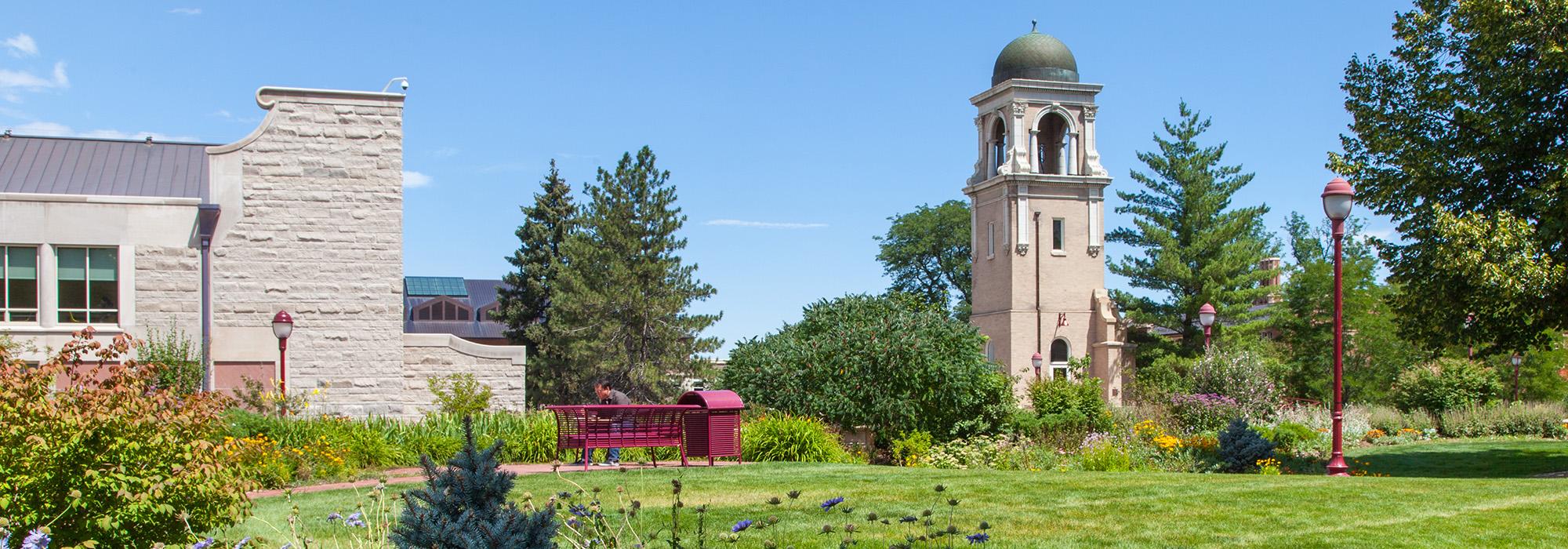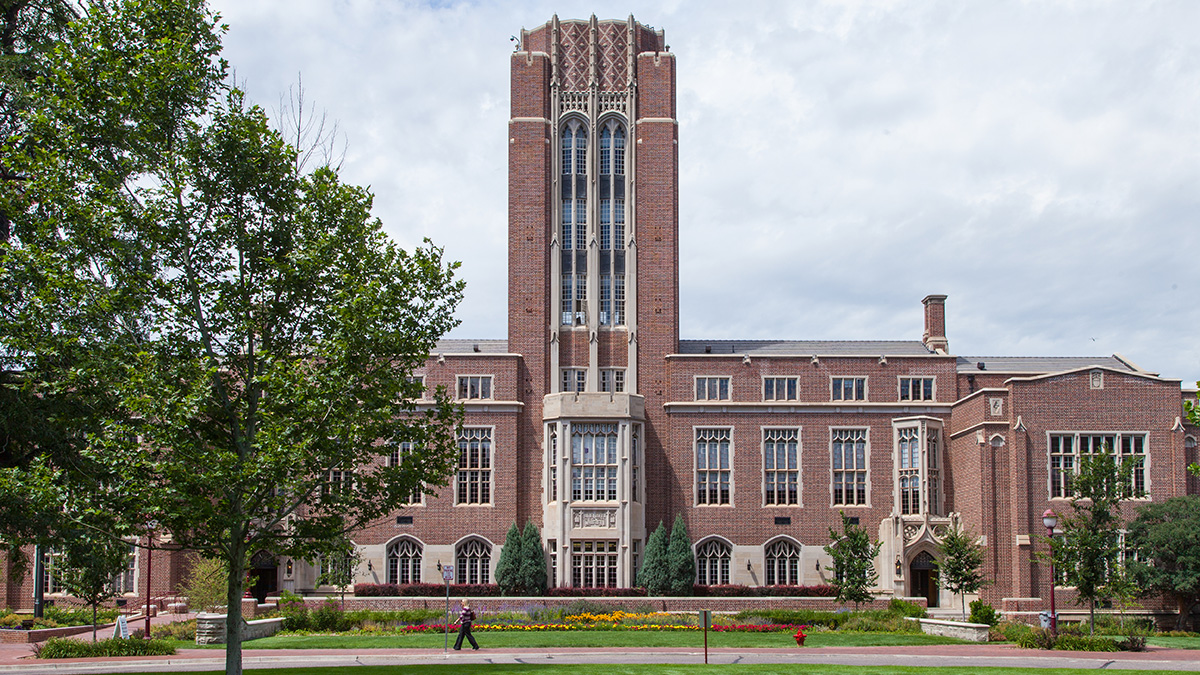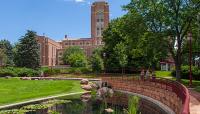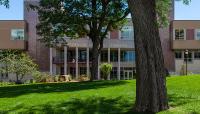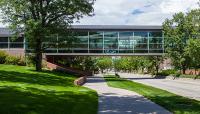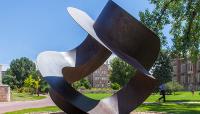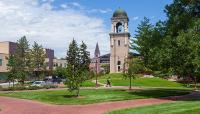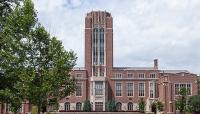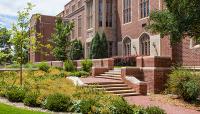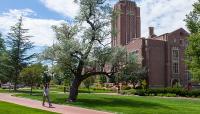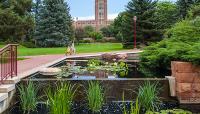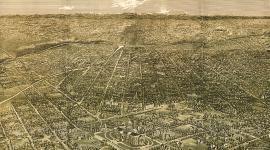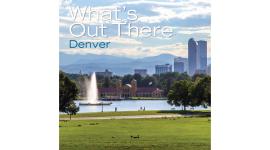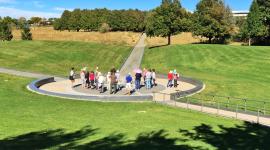Landscape Information
Founded as the Colorado Seminary in 1864 in downtown Denver, this university (renamed in 1880) was relocated in 1884 to a more pastoral setting. Concerned with the noise and pollution surrounding the campus’ original location, Elizabeth Iliff Warren funded the move. Potato farmer Rufus Clark donated 80 acres seven miles southeast of downtown, stipulating that the university construct its main building immediately and, within six months, lay out a town, and plant 1,000 trees within a year. Additional donations of 70 acres led to the founding of University Park Colony (now the University Park suburb) in 1886.
A Beaux-Arts master plan was laid out in 1910 by architect William Fisher. Comprising a compact organization of buildings, gardens, plazas, and lawns, the campus was united by cross-axial walks and tree-lined, linear promenades with groves of trees screening it from surrounding streets. By 1930, Fisher and his brother Arthur provided a renewed plan to accommodate the growing campus: Expanding north and south, the central core retained its axial relationships, although new building construction diminished some original connections. Between 1953 and 1967, the campus grew from 75 to 125 acres under the direction of Chancellor Chester Alter. In 1964 a sandstone chapel (built in 1878) was moved from its downtown location and reconstructed on the central axis of the campus’ historic core. A year later, the area surrounding the chapel was designed by Garrett Eckbo as the Harper Humanities Garden, with walks and water features. Today, the campus is integrated into the University Park neighborhood. With more than 2,200 trees, the Alter Arboretum, established in 1999, provides a diverse backdrop to the campus courtyards, lawns, and structures.



